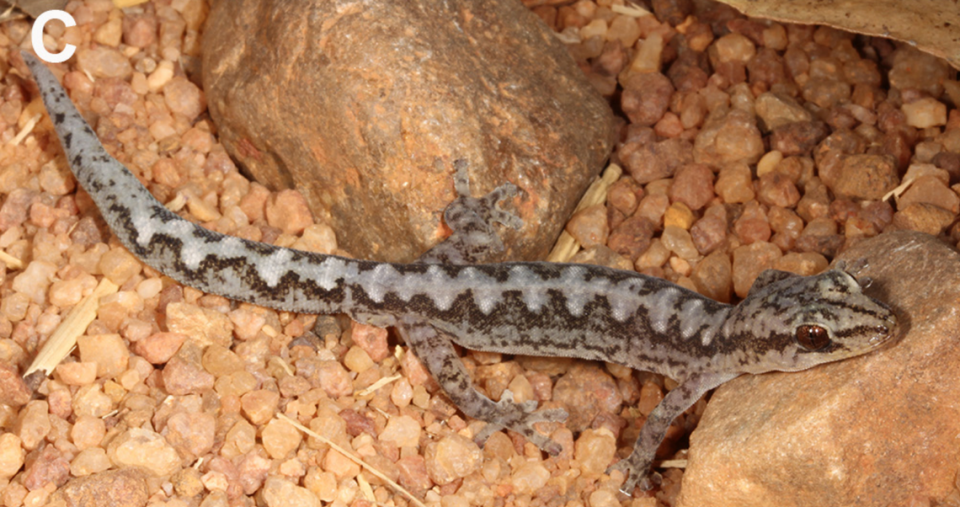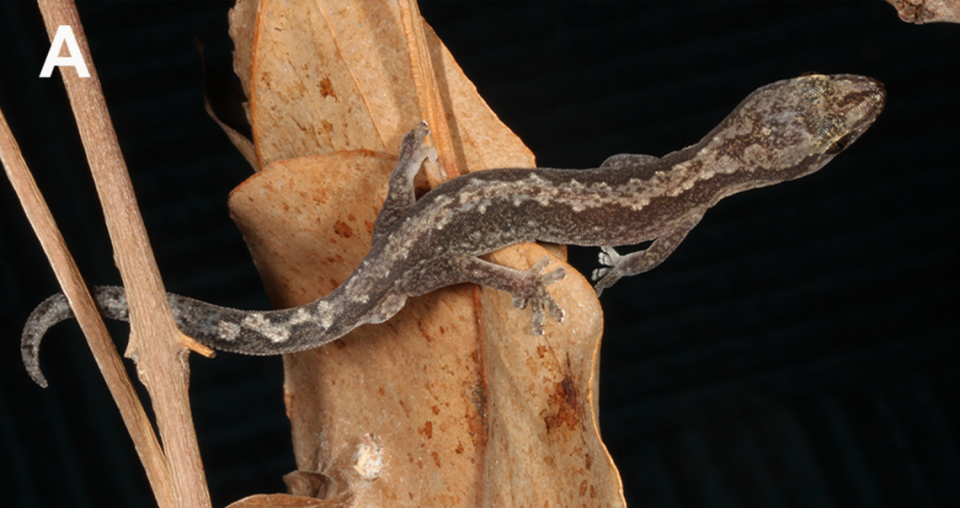‘Long-tailed’ woodland creature seen licking tree sap in Australia. It’s a new species
Perched on a shrubby tree in Australia, a “long-tailed” creature licked at some sap. The woodland animal caught the attention of passing scientists — and turned out to be a new species.
While doing “fieldwork for various projects,” co-author Conrad Hoskin started noticing that some lizards looked “obviously different” than known species, he told McClatchy News.
Surveying woodlands across Queensland, researchers found 27 of these lizards, according to a study published Sept. 11 in the journal Zootaxa. They took a closer look at the animals and discovered a new species: Amalosia queenslandia, or the Queensland zigzag gecko.
The Queensland zigzag geckos is “small,” reaching about 3.8 inches in size, the study said. Based on its body proportions, the gecko is considered “long-tailed.” It has a “slender” body, copper eyes and several “spurs,” or “pointed” spikes, behind its thighs.
Photos show Queensland zigzag geckos lying on some rocks and perched on a plant. It has a brown-gray body with a zigzag pattern down its back. The pattern has dark brown spiky lines running down its sides which partially align at the points. The jagged center patch is a lighter brown-gray color.

The Queensland zigzag gecko was found in “many different habitats” but “typically” preferred woodlands, the study said. It eats insects but was also seen “licking sap on Acacia shrubs on multiple occasions.” At night, the geckos were found on shrubs, “tree trunks, fallen logs and sticks, and on rock faces,” researchers said.
Researchers named the new species after the area where it was discovered. The gecko was found in over 20 sites across the state of Queensland. The northernmost gecko was found near Yarraden, and the southernmost gecko was near Gympie, the study said. Gympie is about 660 miles north of Sydney.
The Queensland zigzag gecko is a “really widespread species, which makes it interesting given how localized” other zigzag gecko species are, Hoskin said.

The new species was identified based on its size, body proportions, coloring and habitat, the study said. DNA analysis found the new species had a “high genetic divergence” from other zigzag geckos. Hoskin said the species had “at least 25%” genetic divergence.
The research team included Conrad Hoskin and Patrick Couper. Researchers also discovered four more new species of zigzag gecko: a “large” rock-dwelling gecko, a “large” woodland gecko, a mountain-dwelling gecko and a small “pale” gecko.
Zigzag geckos are an understudied group of lizards found “across eastern and northern Australia,” researchers said. The geckos are named after the distinctive zigzag pattern that runs down their backs.
Copper-eyed mountain creature — with pointed ‘spurs’ — discovered as new species
Shed skin hanging on vines was left by new species of ‘large’ rock-dwelling creature
‘Large’ woodland creature — with ‘ladder-like’ pattern — discovered as new species


